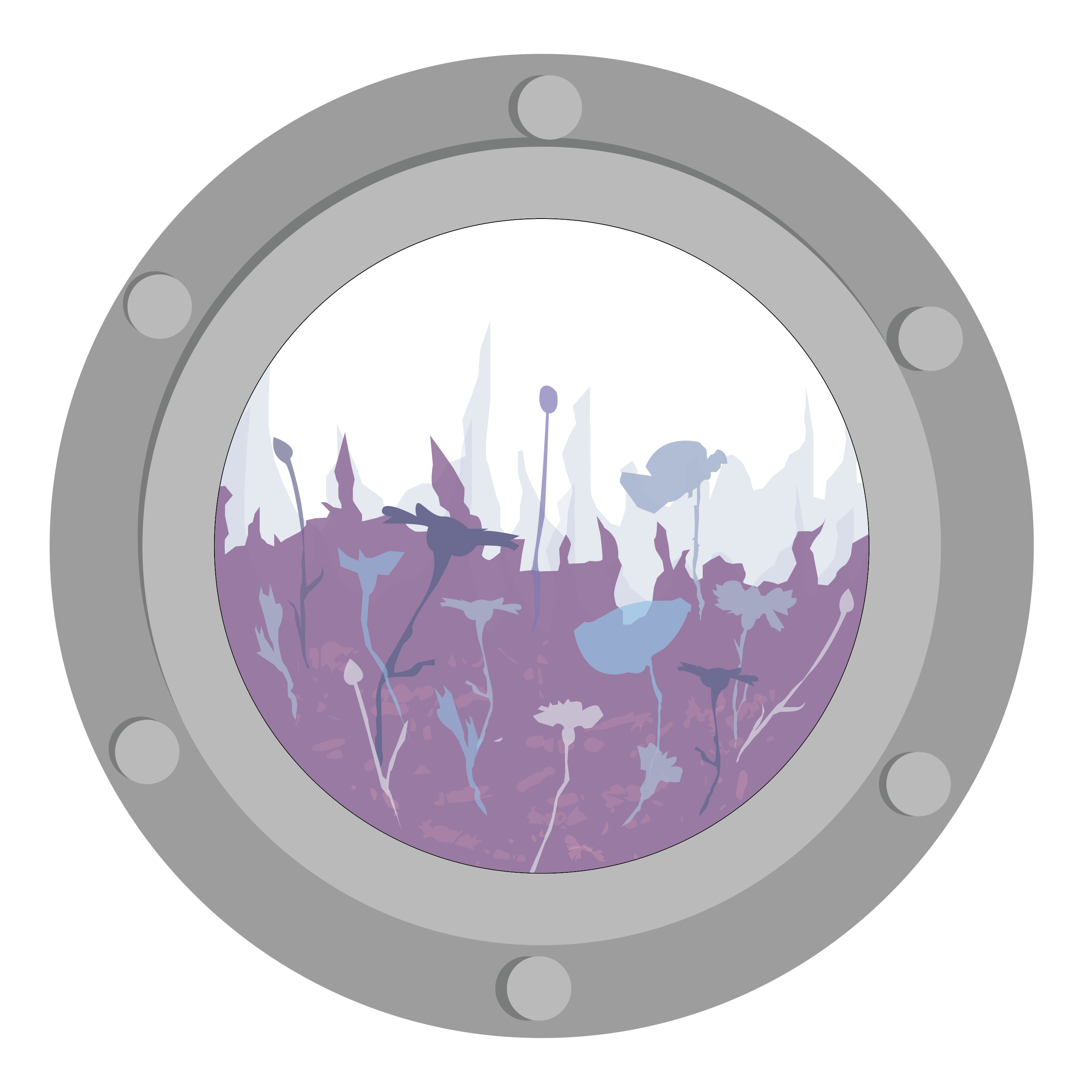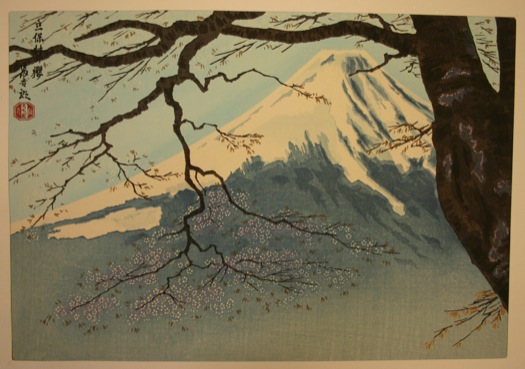
Out of the many different aspects of the Art Nouveau movement that we covered in class, one detail that stood out to me was the introduction of Japanese art and oriental elements into (up till then) a primarily Euro-centric narrative of graphic design history, and how it drastically changed the aesthetics and graphic elements for graphic design of that time.
Orientalism was not really new to art – in works from the Renaissance and Baroque era, there were already Oriental subjects present: from figures in Middle Eastern dress to scenes of Turkish, Greek, African and even Egyptian cultures, to suit the patrons with a more exotic palette. However, what really stood out to me in Art Nouveau was that artists did not merely copy (or attempt to imagine) Oriental subjects, but instead assimilated uniquely Japanese styles of expression to create a new approach to their work.
With the Meiji Restoration, the opening of Japan’s ports to Europe caused a large influx of Japanese art, culture and crafts into Europe. Among those, woodblock prints such as those from the likes of Hokusai proved to be the most popular and influential, with its flat, linear style and blocky colours greatly influencing the poster artists of the time (e.g. Beardsley and Toulouse-Lautrec).
To me, this was really interesting as it was the first time we see Asian art being put on the same level as its European counterparts. With the very Euro-centric narrative of graphic design, it is easy to toss aside Asian-style art and graphics as mere craft, with little to no individual aesthetic sense. Thus, it is fascinating to see Japanese work being appreciated and mimicked to the point where it helped to direct an entire art movement with styles and ideas entirely foreign to its origin.







